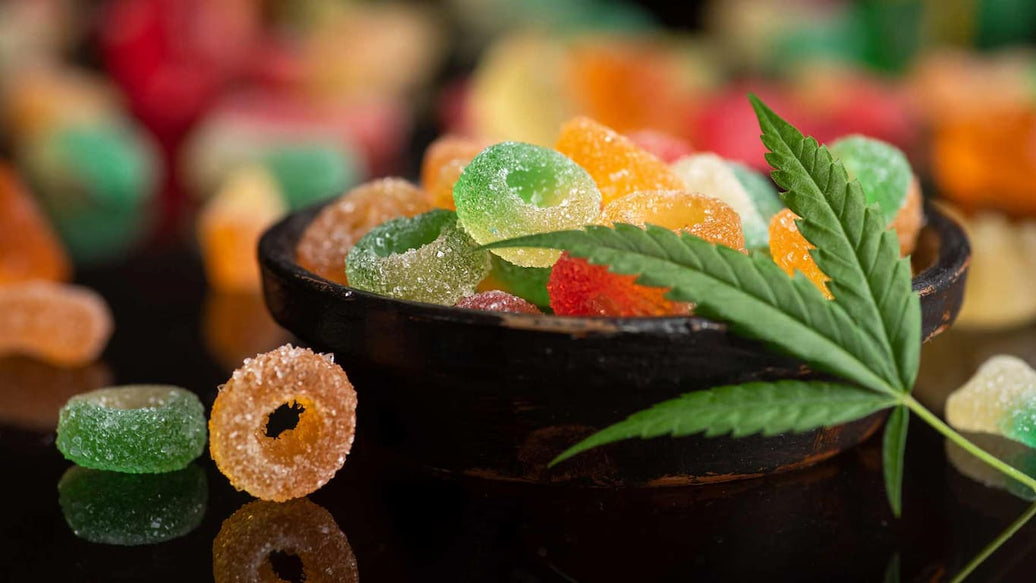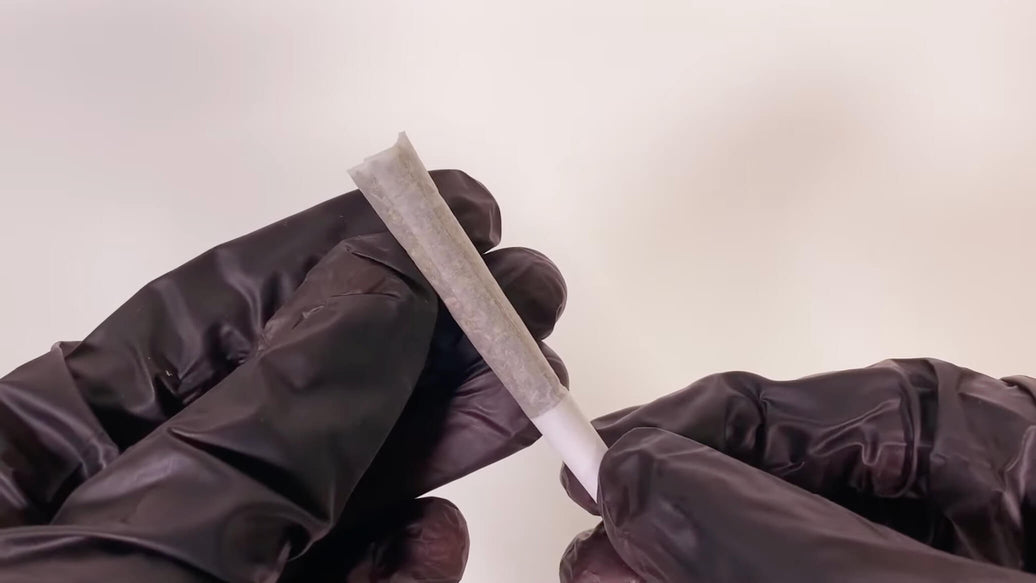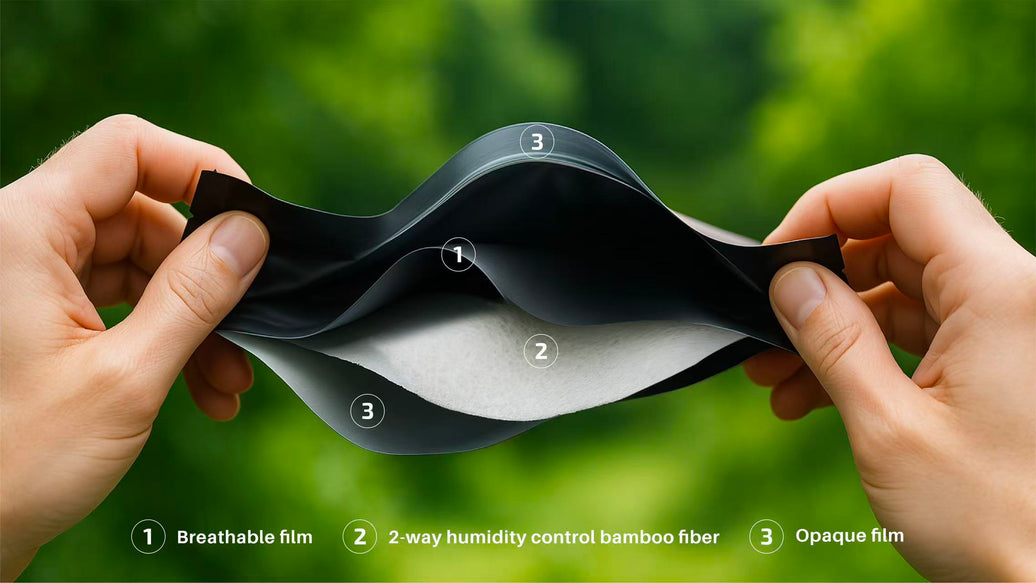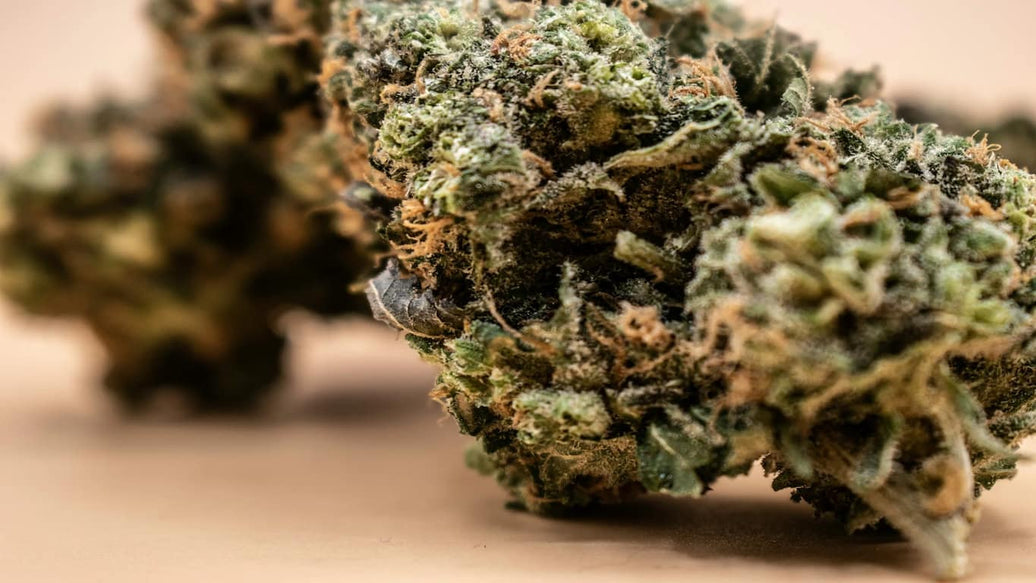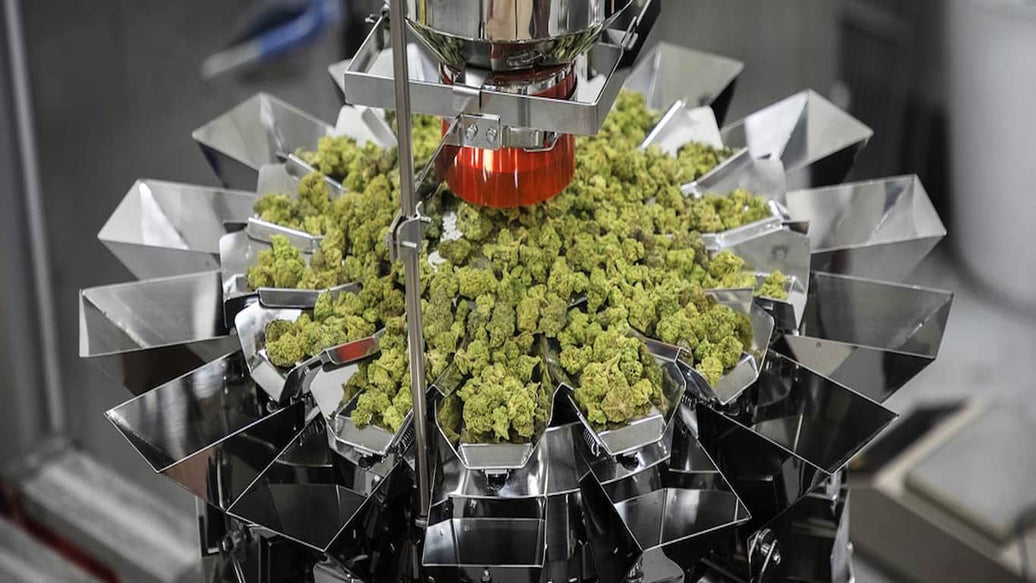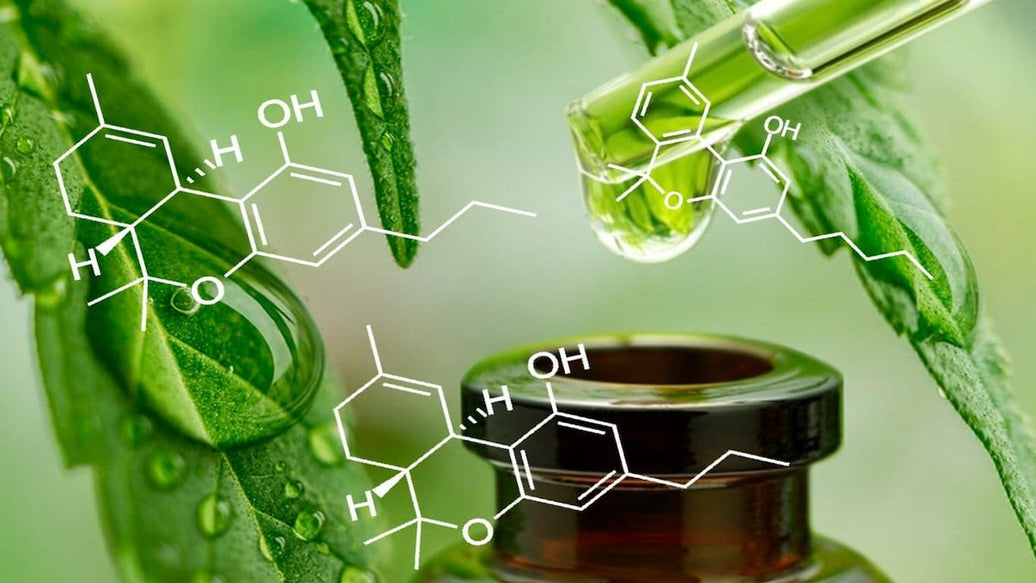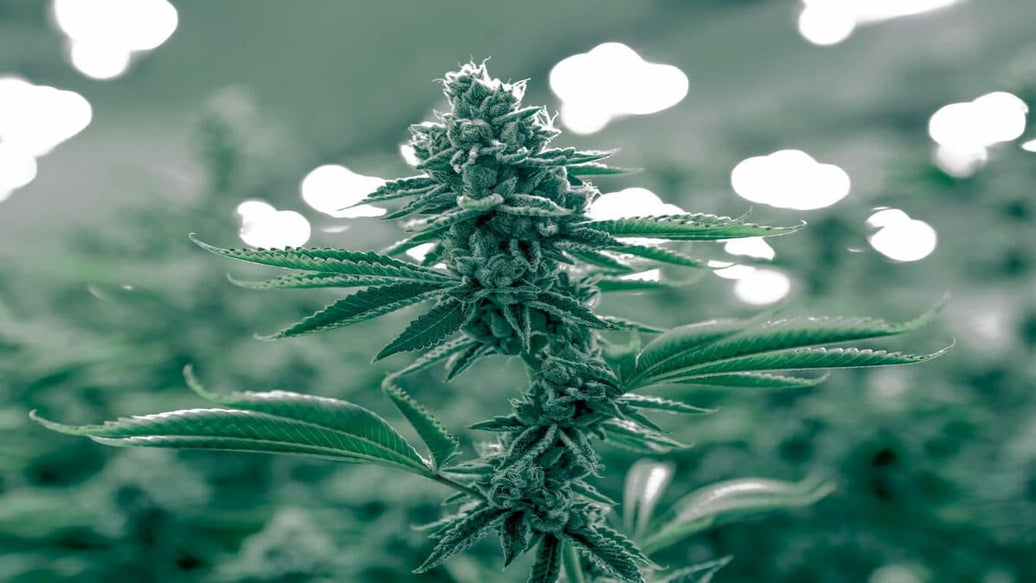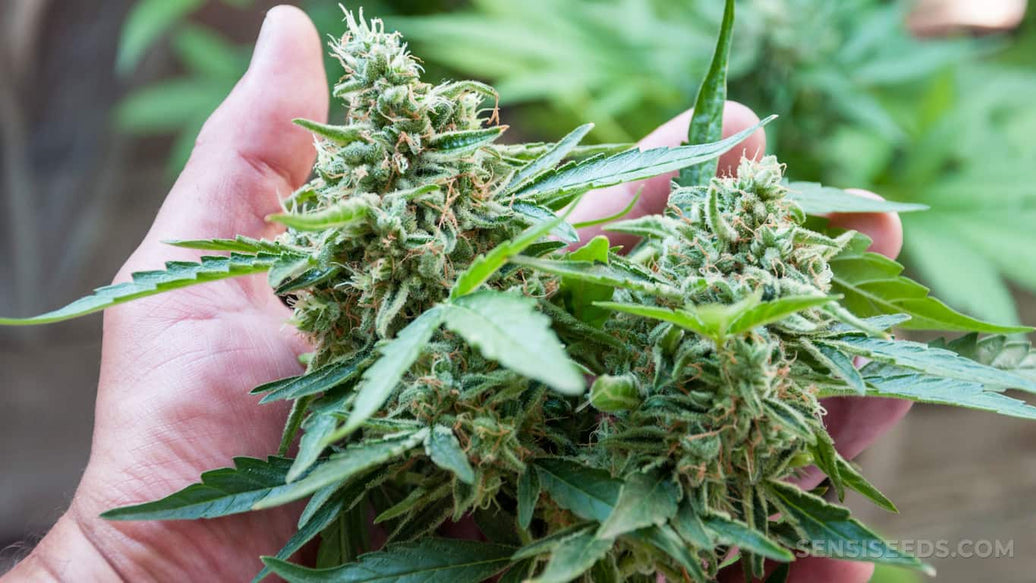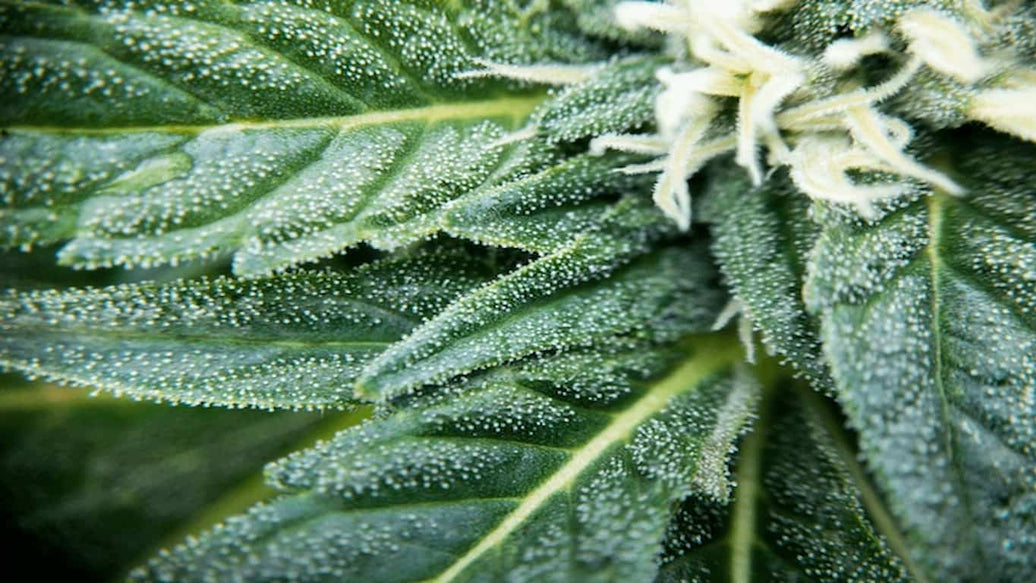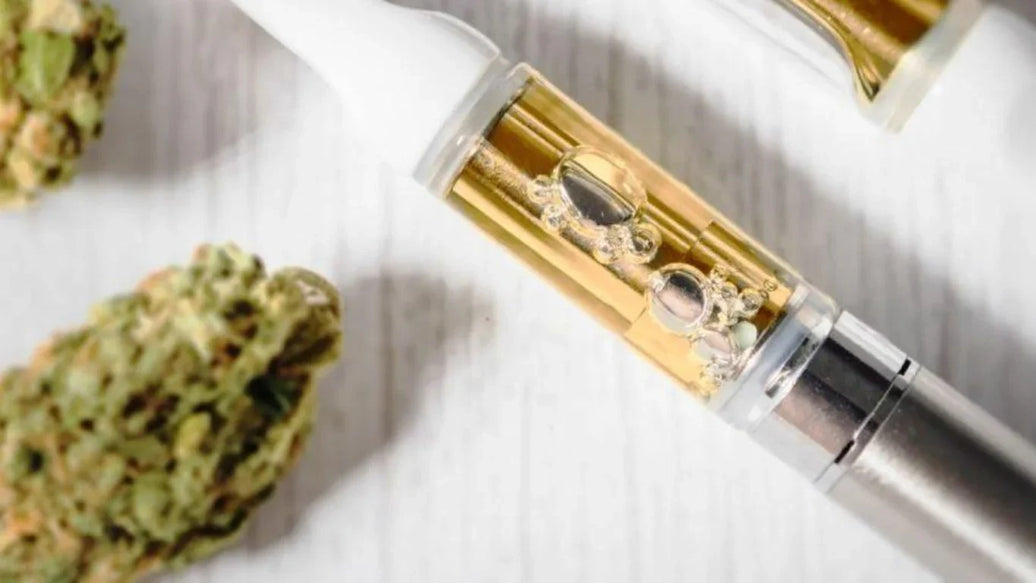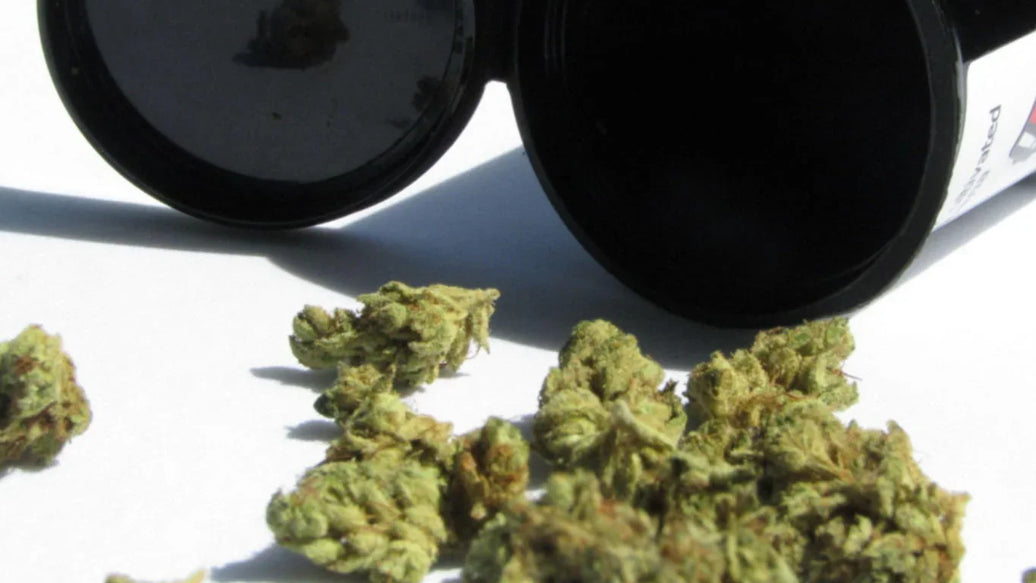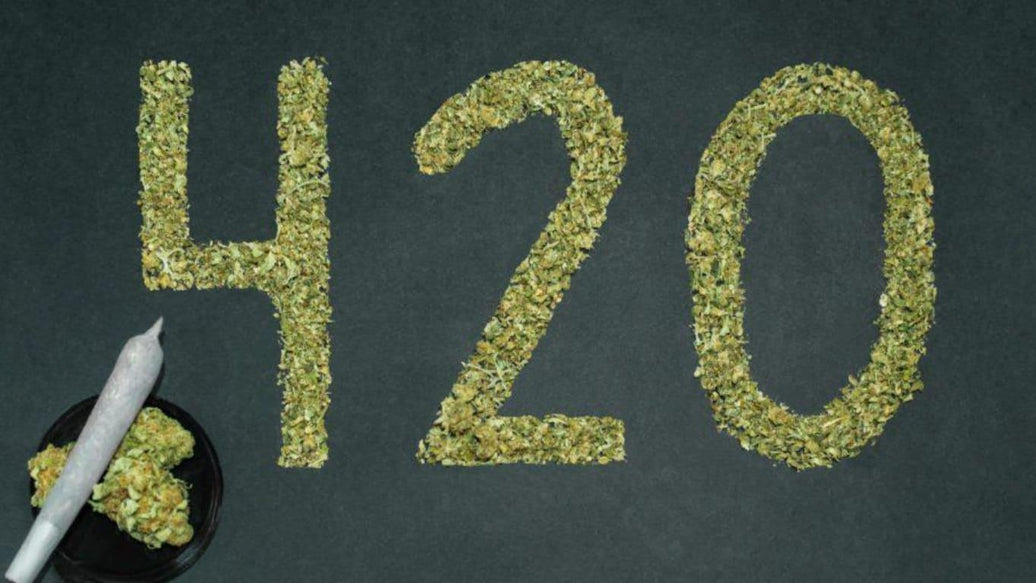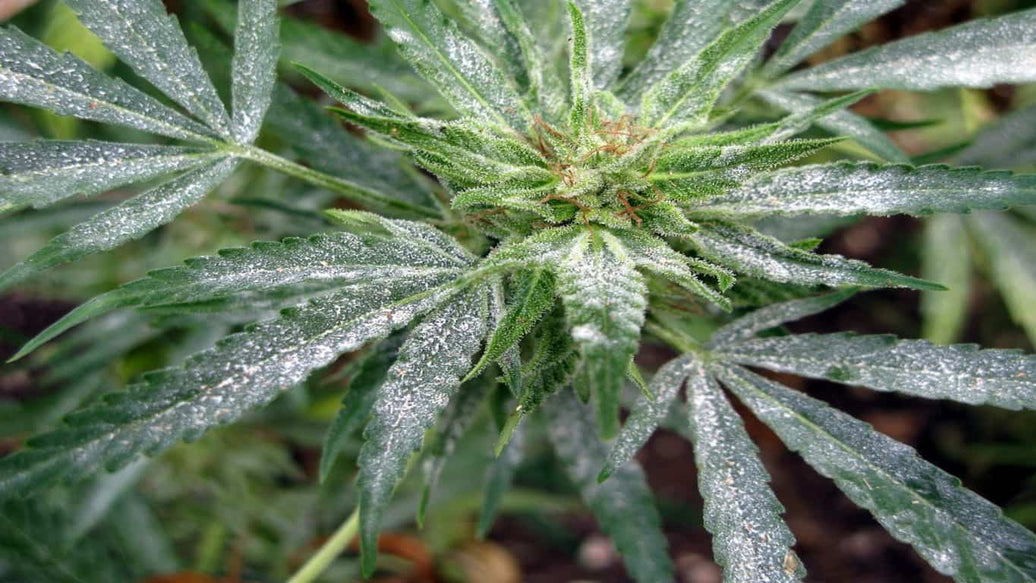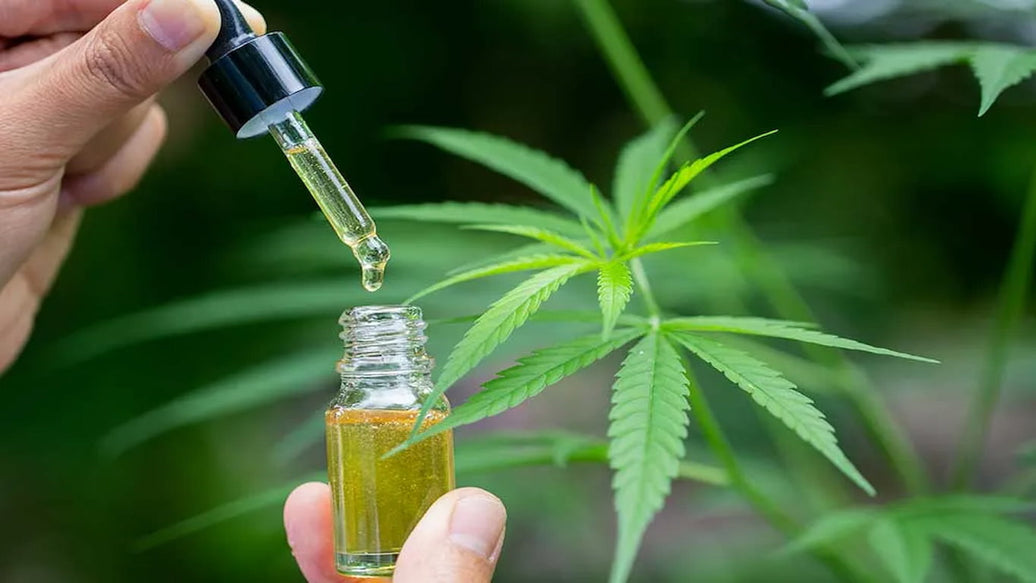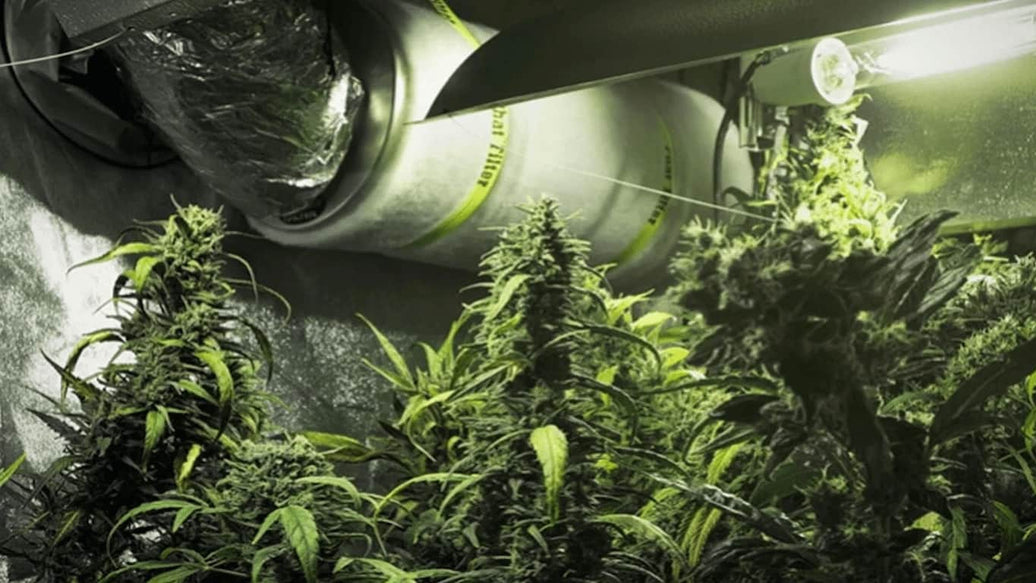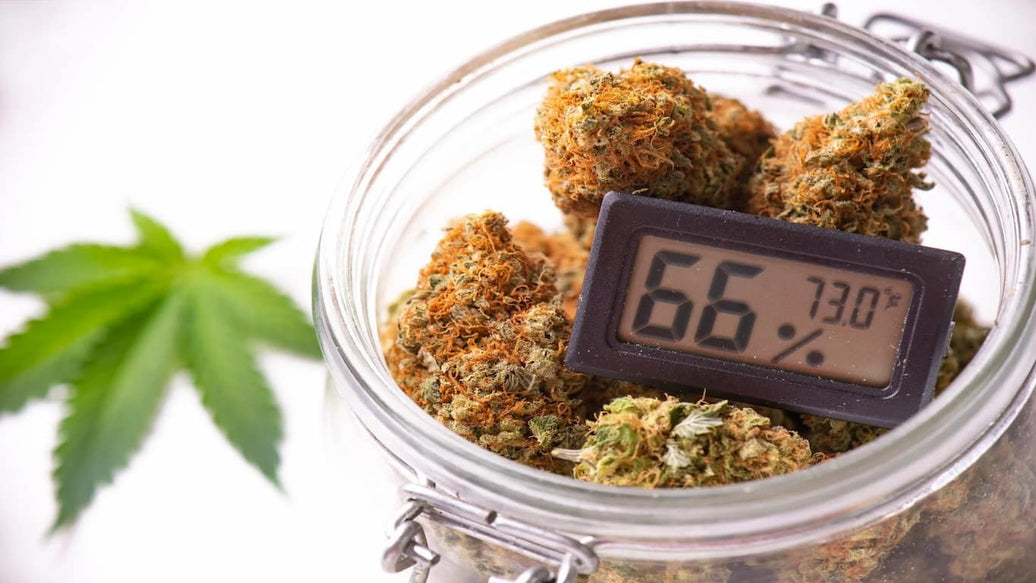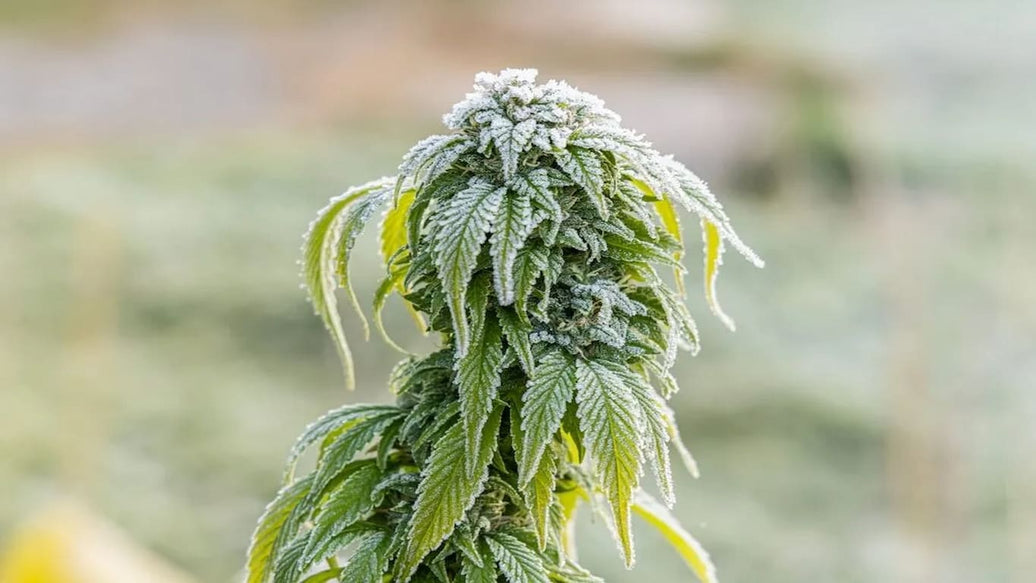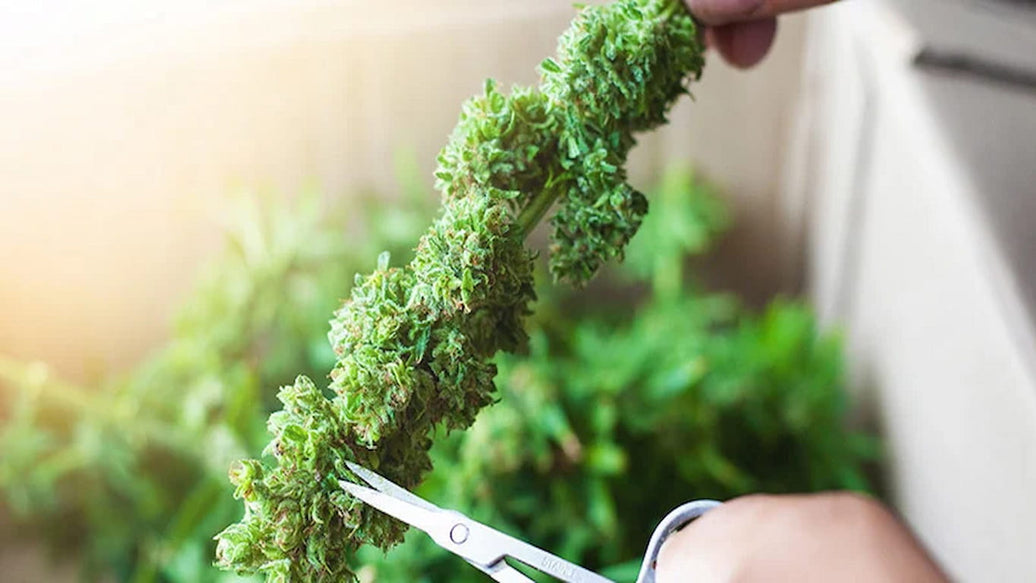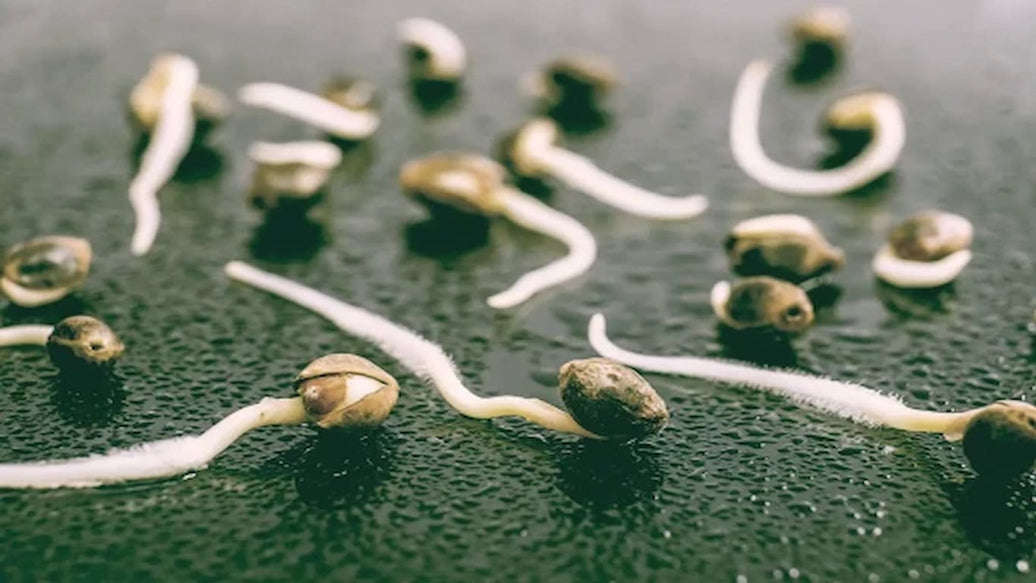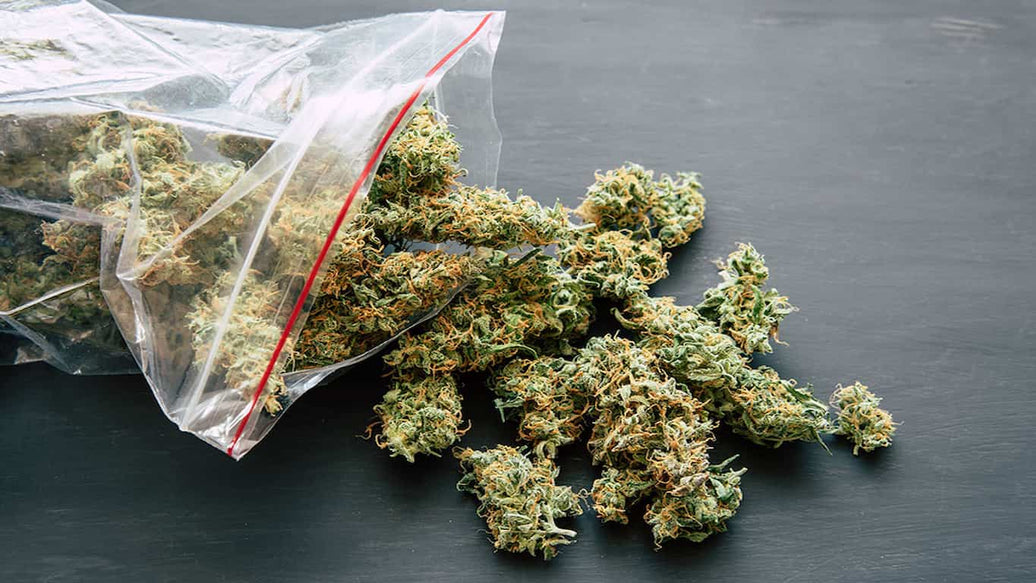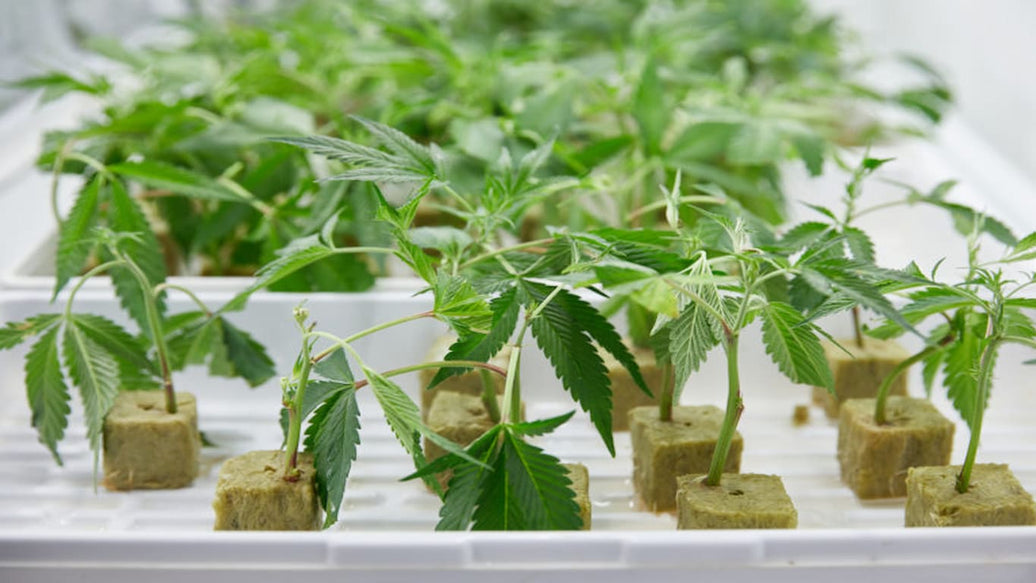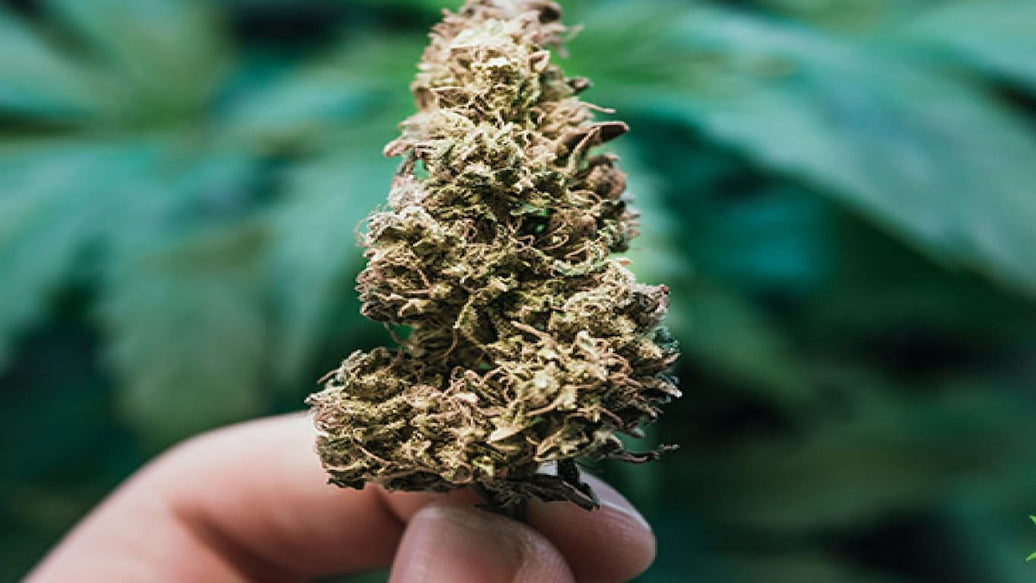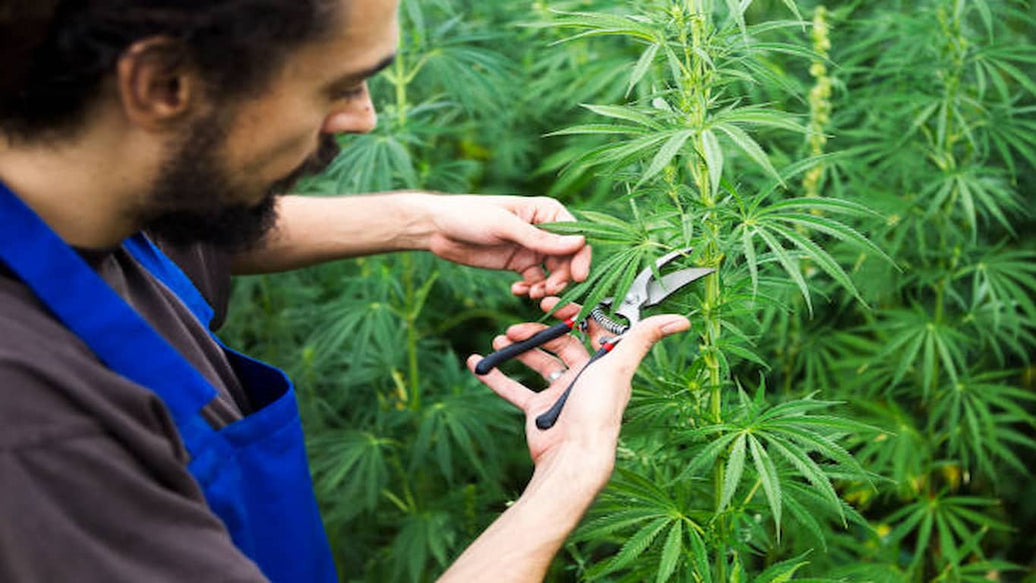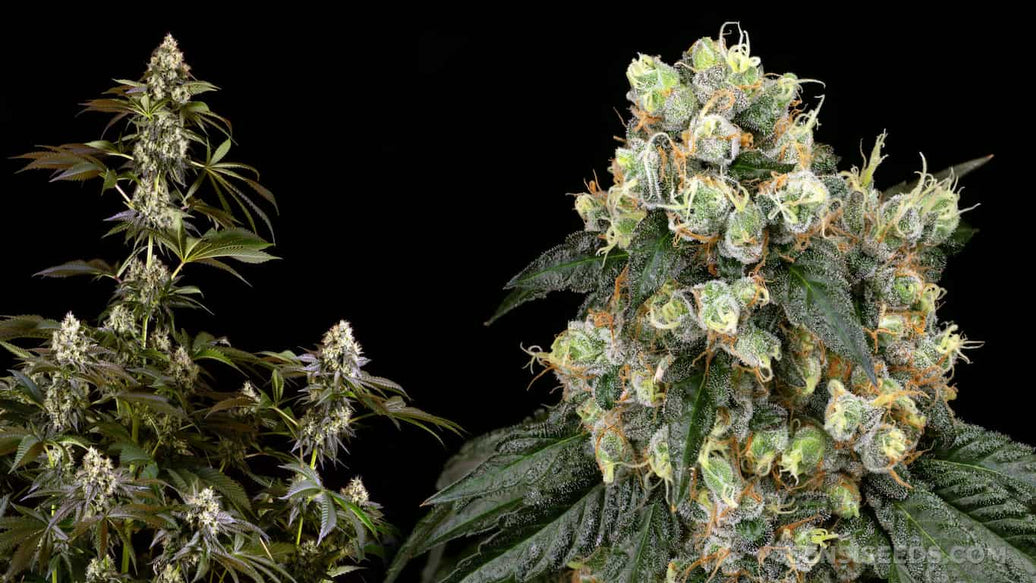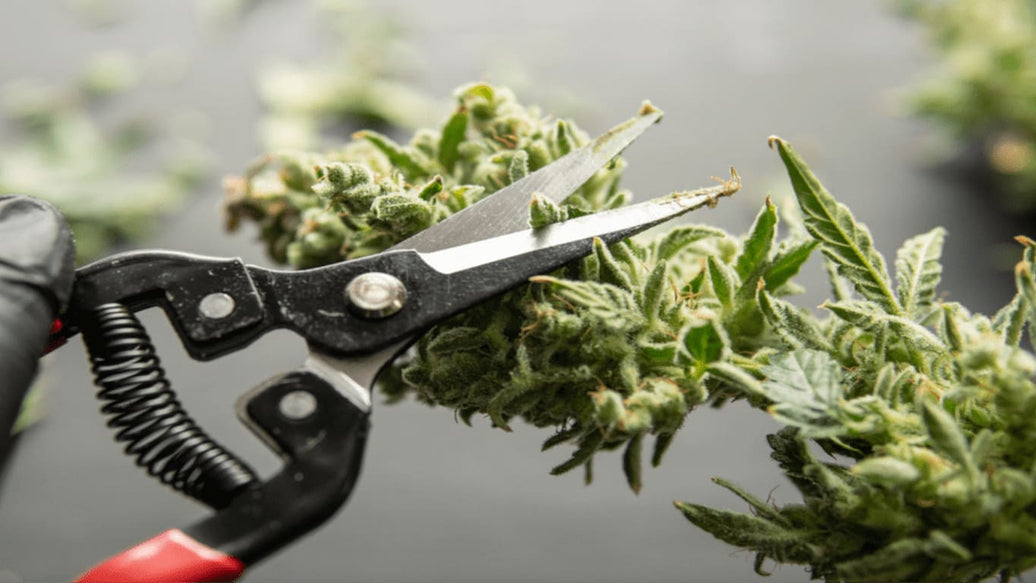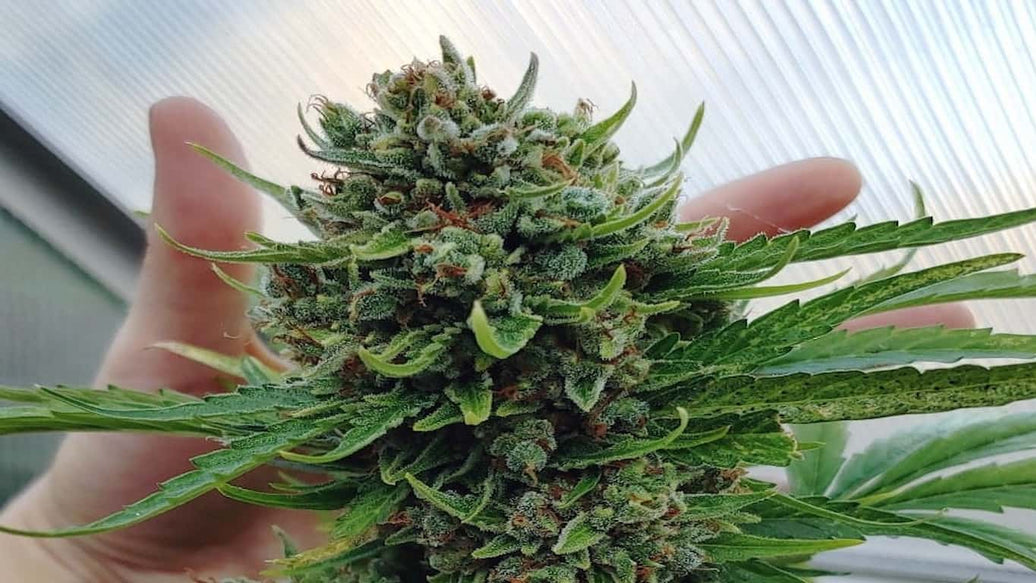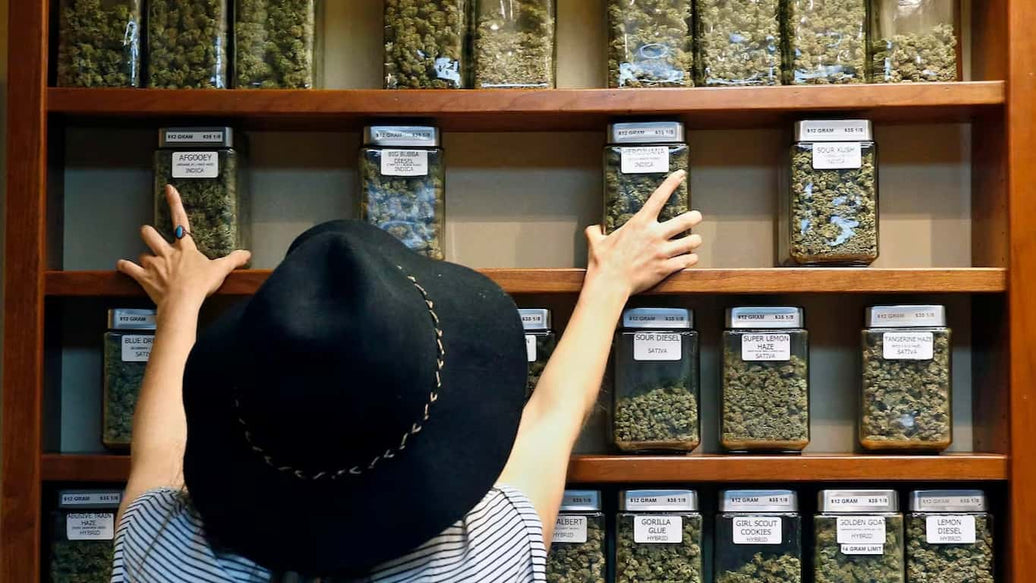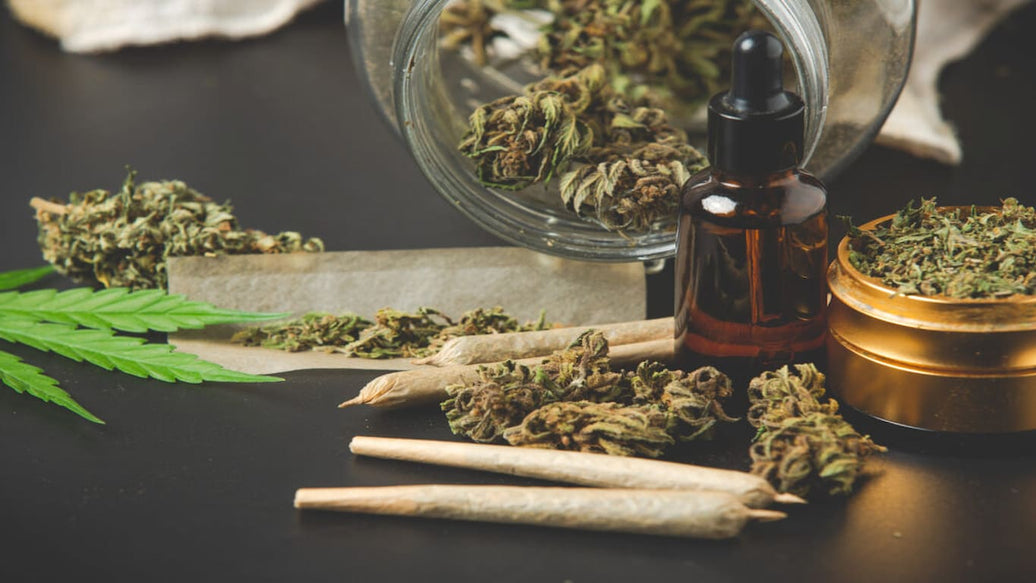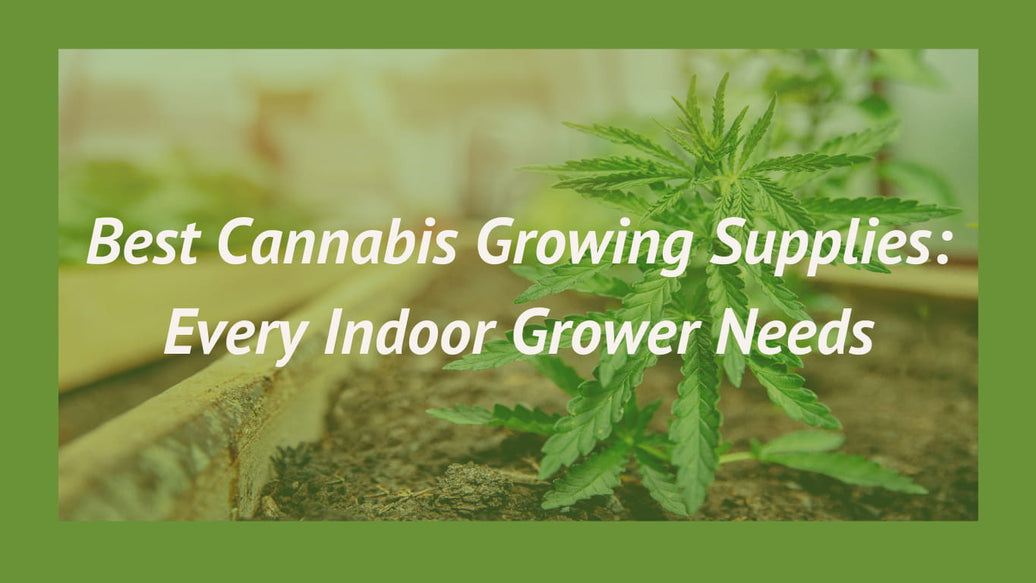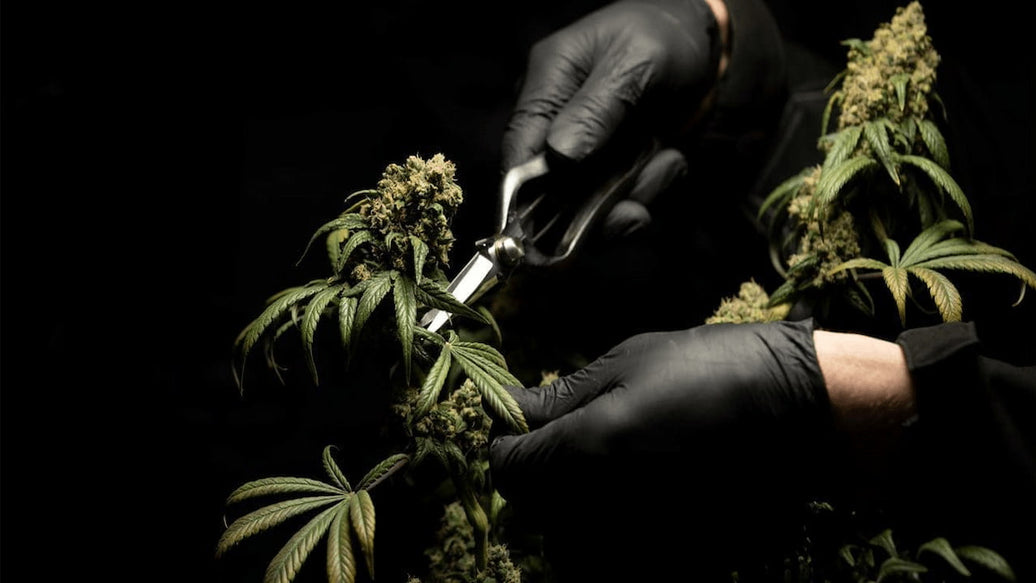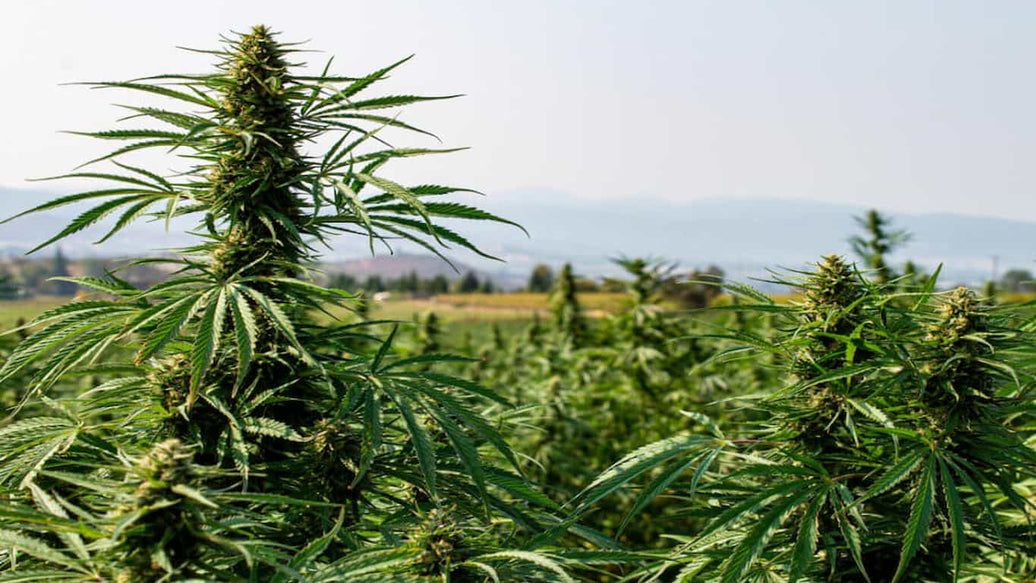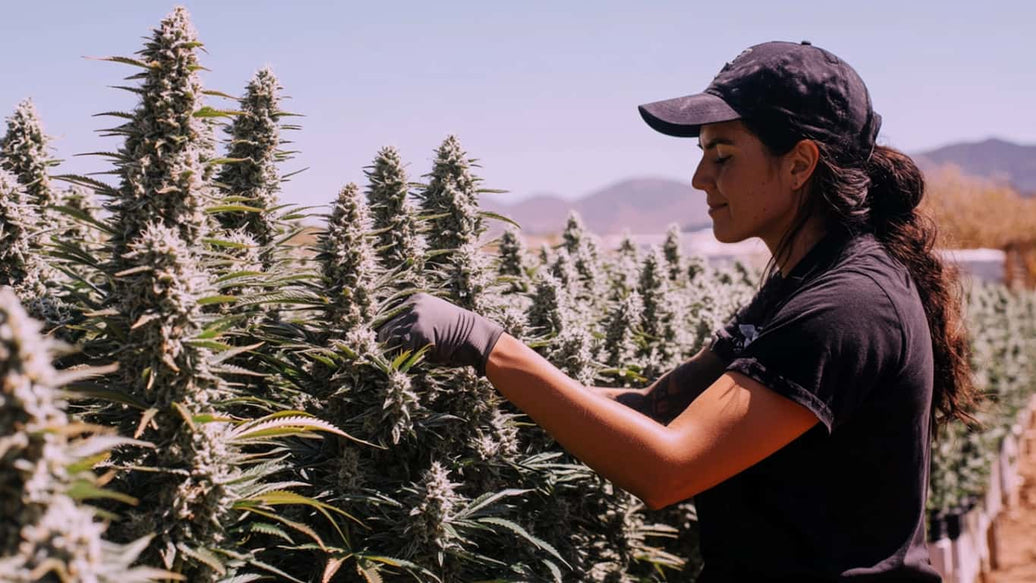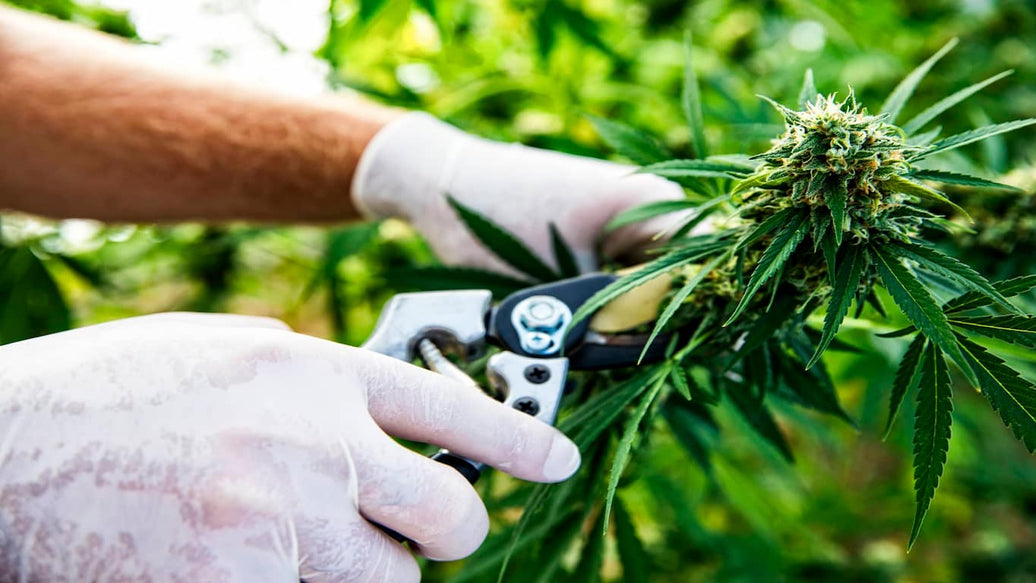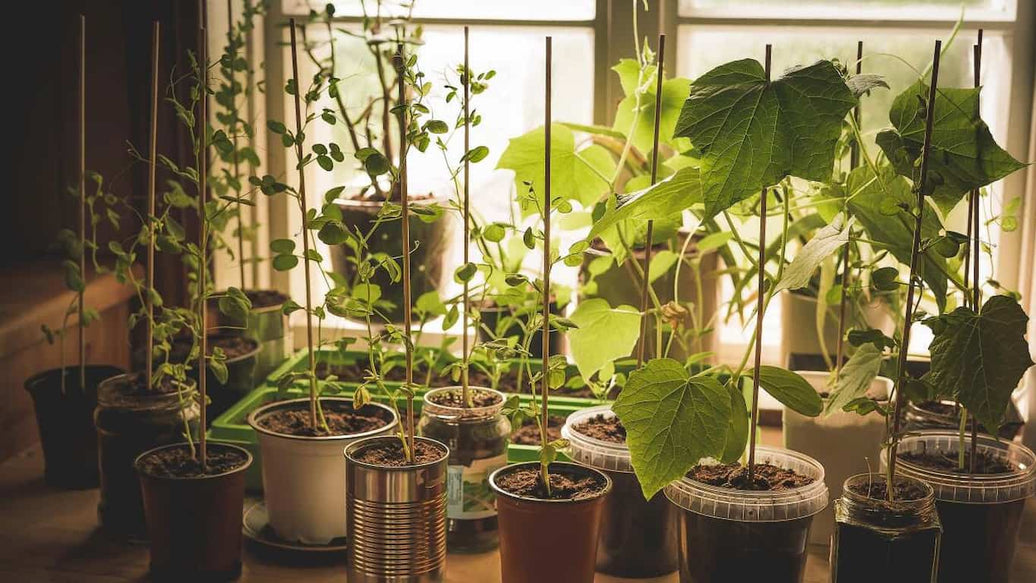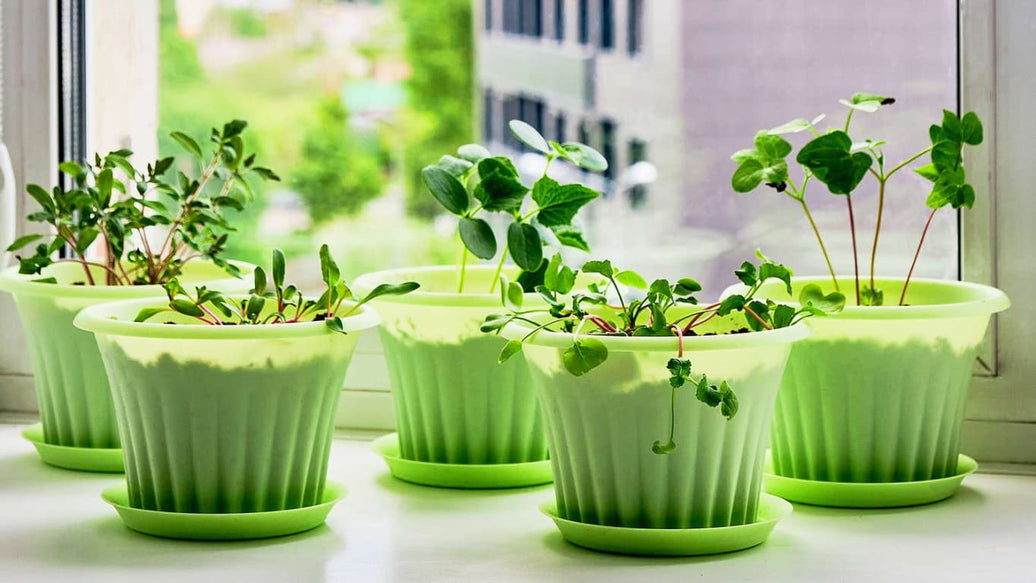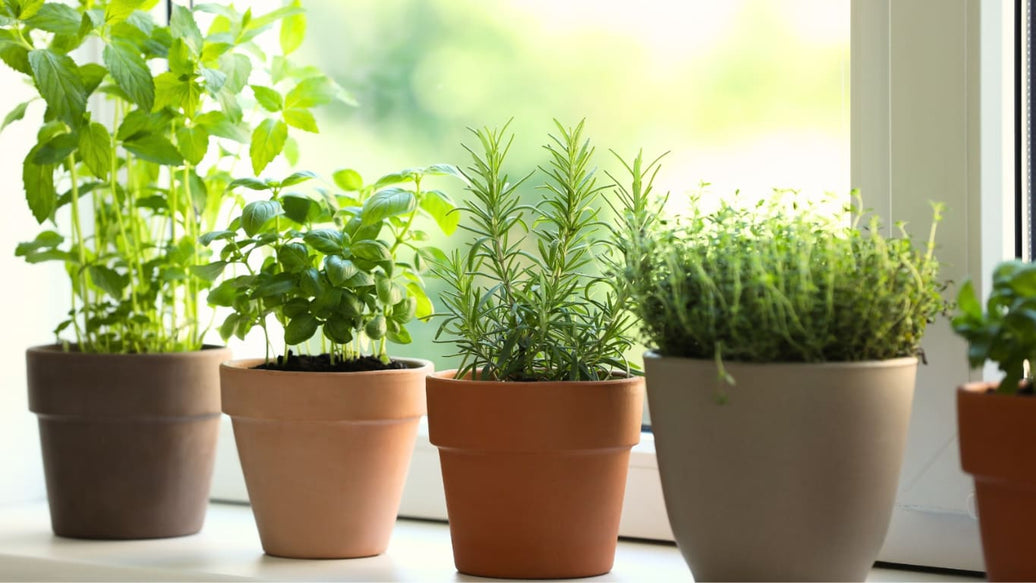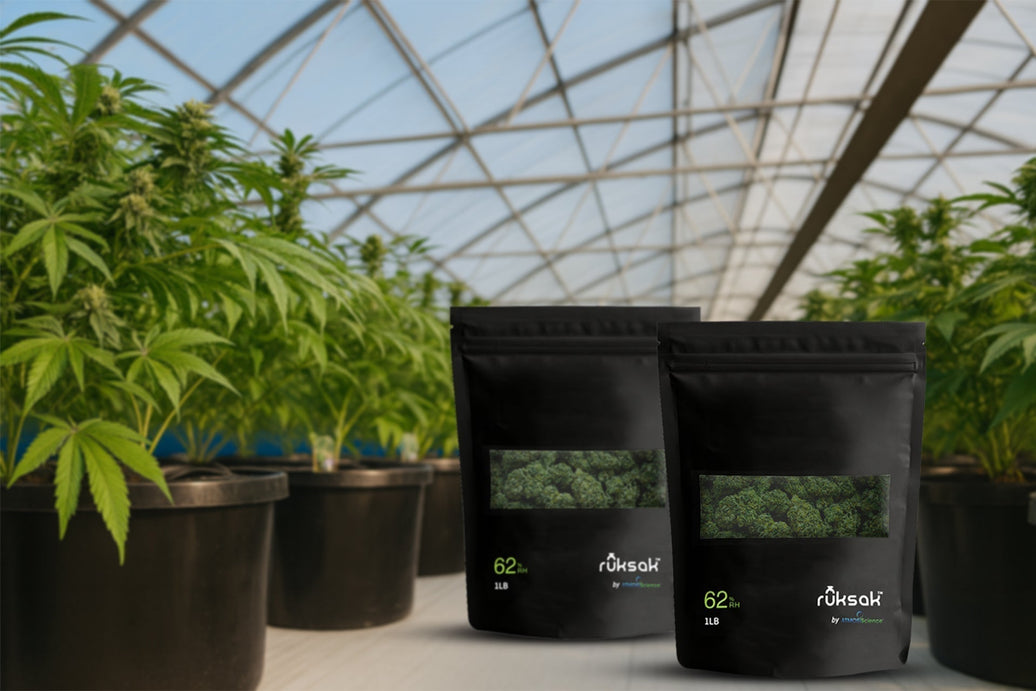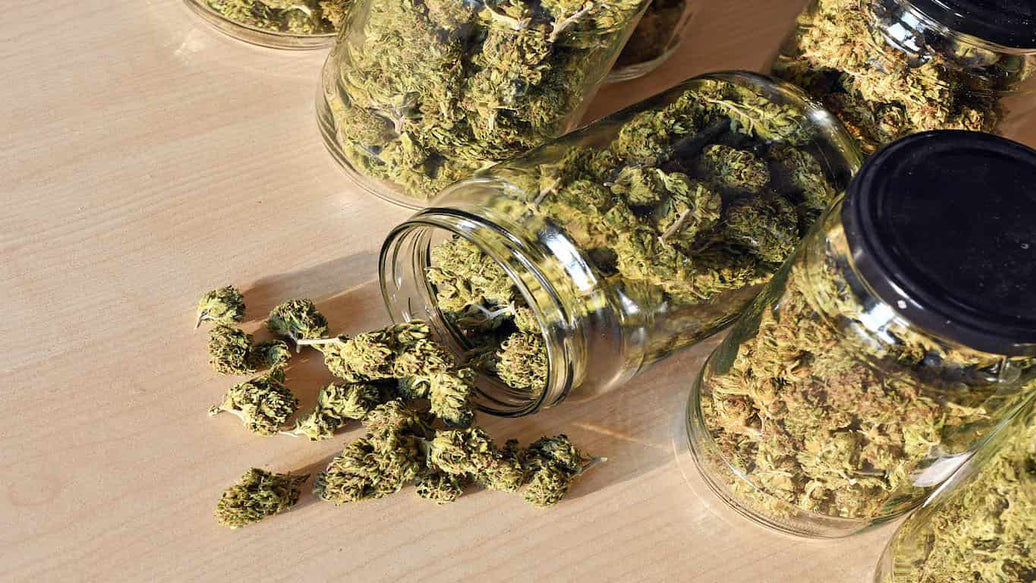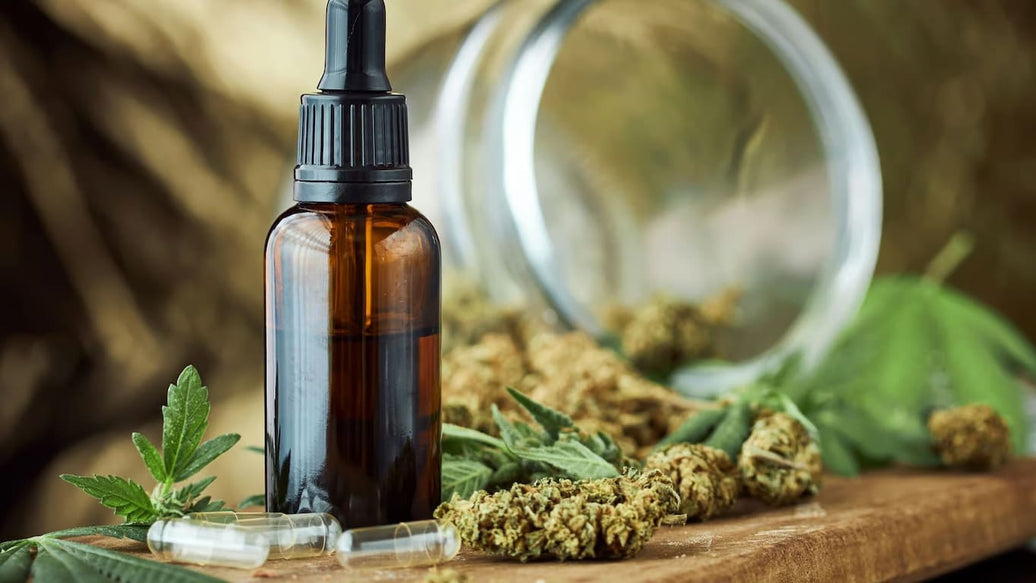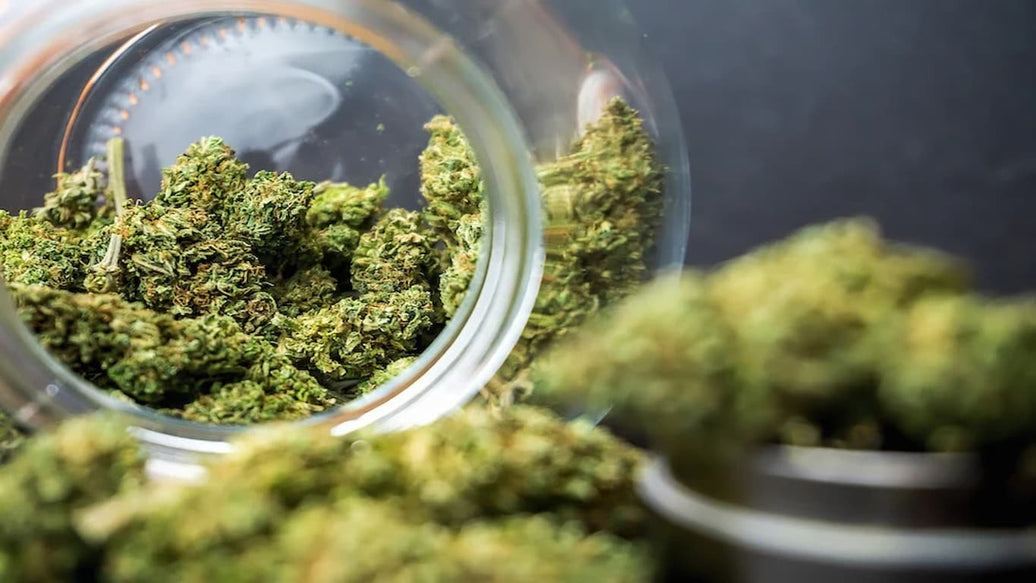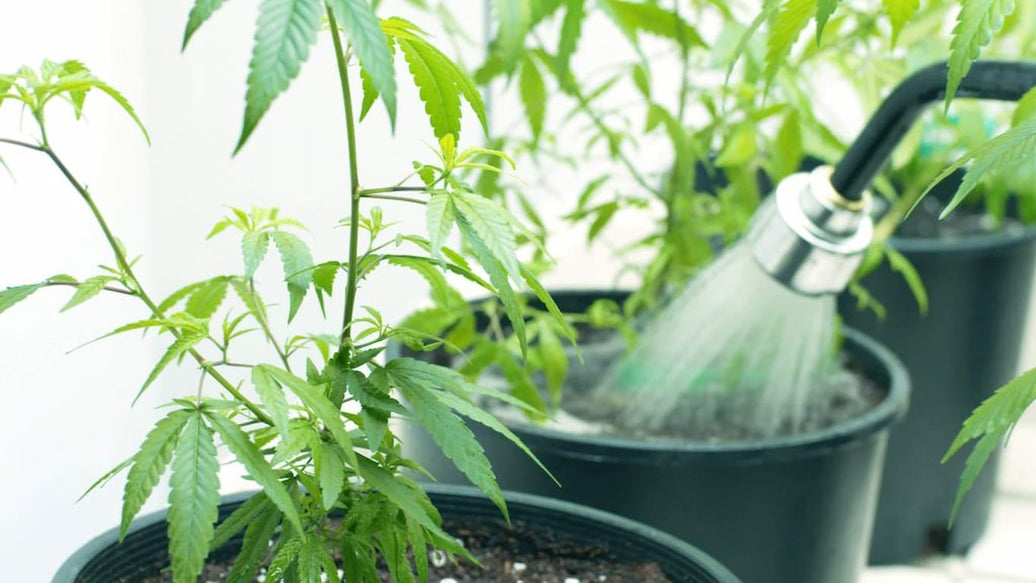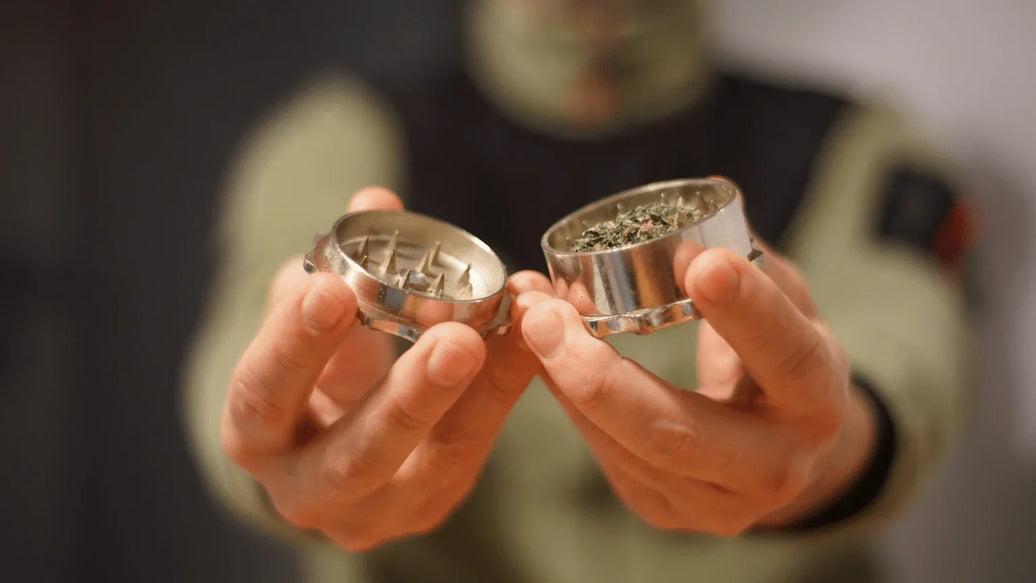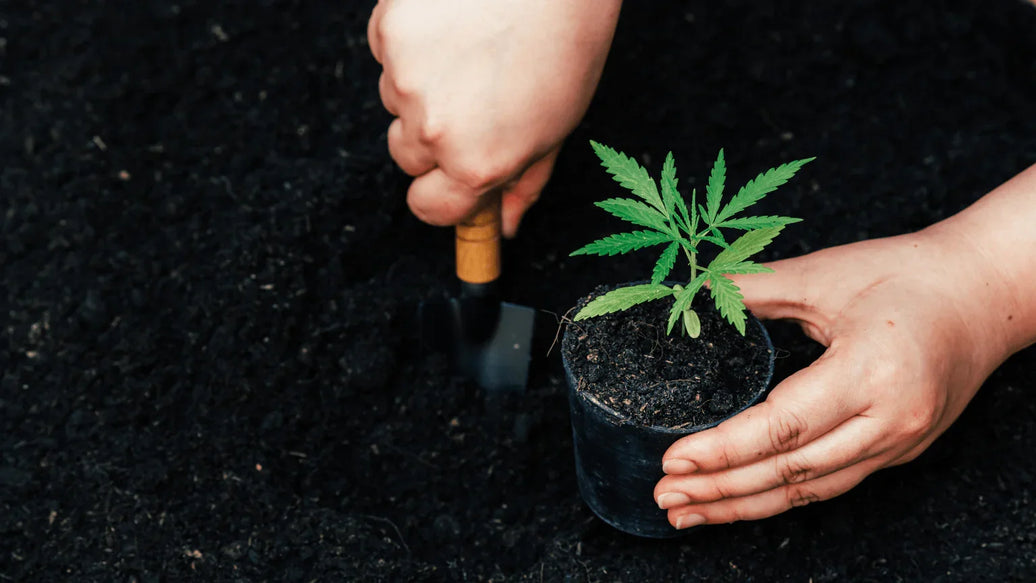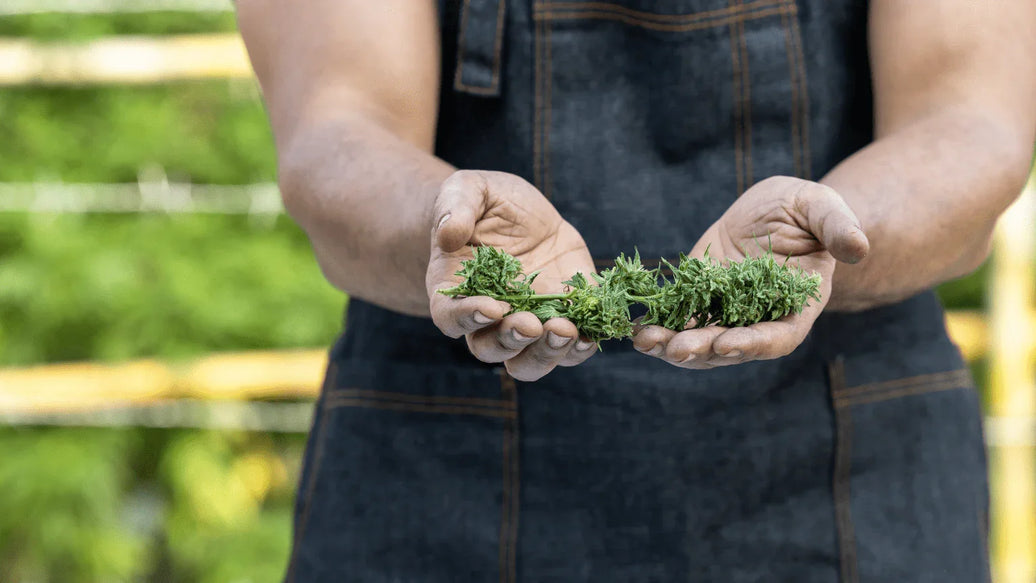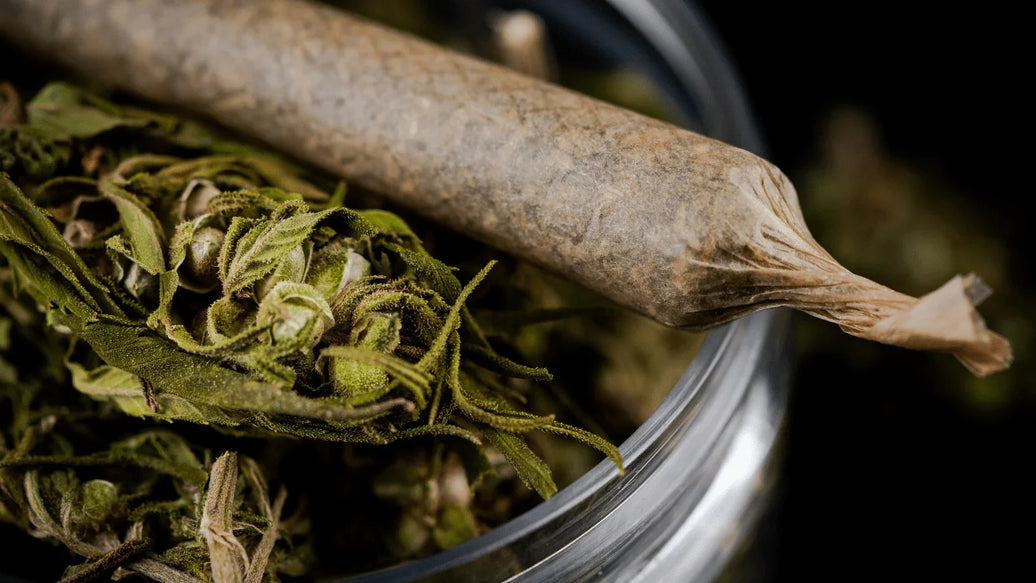Harvest is one of the most important steps in growing cannabis. The timing of your harvest can dramatically affect the potency, aroma, flavor, and yield. That’s why using a cannabis harvest chart is so valuable. It’s more than just a calendar - it guides you by showing how your plants change visually as they mature. This guide will help you understand key tools like the cannabis trichome harvest chart and outdoor cannabis harvest chart so you can pick the perfect moment to harvest.

Why harvest timing matters?
Knowing when to harvest is crucial because the quality of your buds depends heavily on it. The cannabis harvest chart is a practical resource that shows you how to recognize maturity signs in your plants. For beginners especially, identifying the right harvest moment can feel confusing. That's where understanding the evolution of trichome color and pistil development comes in. This blog explains how to read these signs and tailor your harvest approach whether you’re growing indoors or outdoors.
What are trichomes, and why should you care?
At the microscopic level, cannabis plants are covered in tiny, glandular structures called trichomes. These produce cannabinoids like THC and CBD, as well as the aromatic terpenes that give each strain its unique flavor and effect. Your cannabis harvest chart revolves around watching these trichomes mature to know when buds are at their best.
- Clear trichomes mean the resin glands are still immature; harvesting now yields buds low in potency.
- When trichomes turn milky or cloudy, THC levels are at their highest. This is often the ideal time for a strong, energetic high.
- Amber trichomes show THC breaking down into CBN, which produces a more sedating, relaxing effect.
To observe these changes, many growers use jeweler’s loupes or digital microscopes that magnify up to 30x or more. Watching the trichomes change colors gives you a window into the chemical changes happening inside, making mastering the cannabis trichome harvest chart essential.

What research tells us about the best harvest time
Scientific studies confirm that cannabinoid and terpene levels fluctuate as cannabis matures. Research from horticultural journals shows that most cannabinoids peak when the majority of trichomes turn milky, but THC levels can degrade if harvesting is delayed too long and more trichomes reach amber.
For instance, research on hemp crops reveals that waiting too long to harvest increases sedative cannabinoids but lowers overall potency. Environmental conditions such as temperature, humidity, and light - especially important outdoors - influence how fast trichomes mature. This makes outdoor cannabis harvest charts so important to adapt timing based on your climate.
By combining visual cues with scientific data, growers can fine-tune harvest timing to maximize quality, yield, and potency for specific strains.
Reading your trichome harvest chart like a pro
A trichome harvest chart breaks down the stages of trichome development into a clear visual roadmap, often including:
- Markers for trichome colors: clear, cloudy, and amber.
- The expected effects and cannabinoid profiles at each stage.
- Tools recommendations to check trichomes reliably.
Take indicas, for example: many growers harvest when roughly 70% to 80% of trichomes are cloudy and 20% to 30% are amber to achieve a balanced, relaxing high. Sativa strains are often harvested earlier, while more trichomes are still cloudy for a more uplifting effect.
Many growers inspect trichomes daily with magnifiers as flowering enters the final weeks. Some advanced cultivators use digital imaging software to track trichome changes over time, helping avoid premature or late harvest mistakes.
Special considerations for outdoor cannabis harvest charts

Growing cannabis outdoors introduces other factors that impact when to harvest. Weather variability, pests, temperature swings, and uneven sunlight all complicate timing.
An outdoor cannabis harvest chart includes:
- Monitoring pistil color changes, from white to orange to dark brown, which supplement trichome analysis.
- Regional harvest calendars that reflect local seasonal shifts and daylight hours.
- Factoring in pest outbreaks, rainy periods, or frost warnings to harvest early when necessary.
Experienced outdoor growers often check plants several times weekly during late flowering to recalibrate harvest timing according to these real-world conditions.
Read more: Mastering the Art of Harvesting Outdoor Cannabis for Top Quality
Using lab testing to back up your visual assessments
While harvest charts and visual cues are helpful, laboratory testing provides precise cannabinoid and terpene levels, offering dependable confirmation.
Many growers send bud samples to testing labs 1 to 2 weeks before their planned harvest. Armed with lab data, they can decide whether to wait longer or harvest immediately. Some labs also advise on the best harvest window based on chemical profiles.
Modern seed-to-sale tracking software helps commercial growers log environmental data, trichome videos or photos, and lab results, using the combined information to sharpen harvest timing over multiple grow cycles.
A simple harvest checklist to follow
To make the process practical and manageable:
- Use a magnifier every day to watch trichomes turn from clear to cloudy, then amber.
- Take note of pistil color changes and track environmental factors.
- Send flower buds to a lab for potency and terpene profile testing ahead of harvest.
- Compare your findings to the cannabis harvest chart to confirm peak maturity.
- Harvest carefully with clean, sharp tools to avoid damaging fragile flowers.
- Follow efficient drying and storage techniques using reliable products recommended at ATMOSIScience like ruksak or Humidi-Cure® solutions.
To further support cannabis growers, ATMOSIScience offers a variety of insightful resources. Our “Cannabis Humidity Chart” guide covers how to control humidity, optimize VPD, and improve plant health from seedling to harvest, while “The Best Herb Indoor Garden for Cannabis” blog provides you with practical advice based on the latest research so you can set up and maintain the best indoor herb garden. These learning materials paired with your cannabis harvest chart empower a comprehensive approach to cultivation success.

Conclusion
Mastering the art of cannabis harvest timing using cannabis harvest charts and understanding trichome maturity ensures you collect buds when they’re strongest and most flavorful. For outdoor growers, adapting timing to weather and regional cycles is equally important.
By combining hands-on observations, scientific testing, and careful record-keeping, cultivators can consistently produce high-quality, potent cannabis. Utilizing expert storage and curing techniques from ATMOSIScience wraps the whole growing cycle into a seamless, professional experience.
Discover our latest storage solutions for your cannabis success right now!

